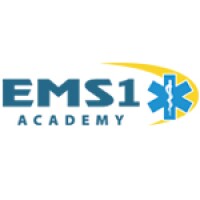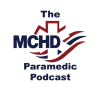The EMS1 Academy features “Module 11: Principles of Pharmacology,” a 30-minute accredited course for EMTs. This defines the terms pharmacodynamics, therapeutic effects, indications, side effects, unintended effects, and untoward effects. Visit the EMS1 Academy to learn more and schedule a demo.
We’ve addressed the 10 most commonly encountered medications seen in EMS on a prior podcast. In this episode, the MCHD Paramedic Podcast crew focuses on a less common but often more impactful group of medications, antiplatelets and anticoagulants. The combination of complex pharmacology and some relatively new drugs in both classes, makes this an area prime for discussion and review.
Patients taking antiplatelets or anticoagulants have high-risk disease processes which result in them being prescribed in the first place, and the bleeding side effects from taking these drug classes can be catastrophic.
Antiplatelet medications are most commonly used for coronary artery disease, stroke and other peripheral vascular disease. Anticoagulants are used primarily to treat pulmonary emboli, deep venous thrombosis and in patients with mechanical heart valves.
Both classes increase the patient’s risk of spontaneous and traumatic hemorrhage. The most common locations for this bleeding is in the gastrointestinal tract and intracranially. It is vital that EMS providers scan the medication list when caring for potential GI bleeds and closed head injuries as the presence of any of the medications discussed will drastically alter the risk profile. This will likely be treatment altering information when passed on the emergency department providers as well.
After listening to the episode, your skills as a medication list detective will be refreshed and sharp. The next time you encounter a patient on a newer direct oral anticoagulant, not only will you recognize the medication, you’ll have the background pharmacologic knowledge to understand modes of action and indications for use as well.














